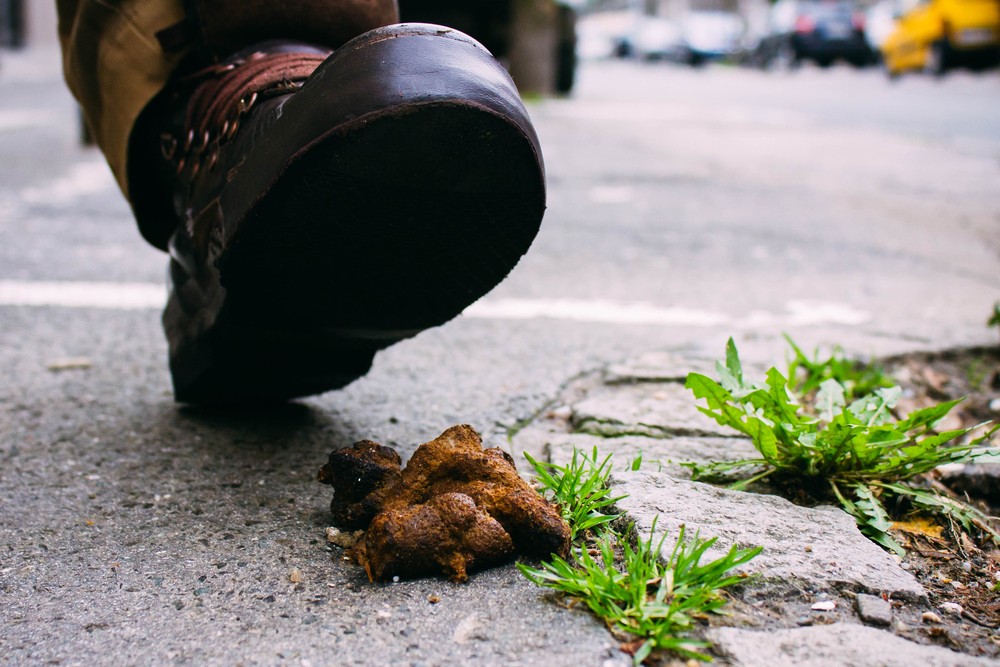Table of Contents
Dogs As Pests
It’s quite frustrating when dogs keep straying into your yard and causing all sorts of messes. They dig around destroying your lawn and plants, and to make matters worse they also defecate in your garden or on your lawn, leaving you with the unpleasant task of waste disposal. If you have pets of your own, their behaviour might be affected negatively when a stray dog marks (pees) in your garden.
Other than the mess they cause, stray dogs can bring pests such as ticks, fleas and worms into your property which could be problematic for you especially if you have pets. Stray dogs can also spread other diseases such as rabies either to you or your pet. The danger of being bitten cannot be ignored either.
View our range of dog control products
The Life Cycle Of A Dog
Dogs reach sexual maturity between the age of six and twelve months, but this can be slightly delayed in larger breeds. After mating, the female dog goes through a gestation period that lasts somewhere between 58 to 68 days.
The average litter consists of about six puppies, but the number widely varies between different breeds. Small dogs produce from one to four puppies per litter while larger breeds can average as many as twelve puppies.
The typical lifespan of a dog is anywhere between 5 and 13 years depending on the breed and the size of the dog, with larger sized dogs having a shorter lifespan.
(Source: https://en.wikipedia.org/wiki/Dog)
Signs Of A Dog Problem
If there is a dog intruding into your yard, you will notice the following signs:
- Dog poop. Stray dogs must get a kick out of pooping in people’s yards because this is one of the most common (and most annoying) signs of a dog intrusion. If you happen to find dog poop in your yard numerous times, then you most probably have a dog problem that needs to be taken care of.
- Dug up ground. Dogs love to dig – mostly to bury bones and other food items. If you find your lawn or garden has been dug up, then you most likely have a pest dog in your hands.
- The dog itself. Sometimes you might catch the animal red-handed. If you happen to find it several times on your property, then you need to take action.
- Dogs and their bones… if you keep finding these in your yard, the most likely culprit is a stray dog or dogs.
Controlling Dogs
Although dogs are annoying at times, care should be taken so as not to harm them as you attempt to keep them off your property. The first step in control is prevention. If you can keep the dogs out of your yard in the first place, you will not have to worry about controlling them. Some of the measures you could take include:
- Remove water and food sources on your property. Similar to other pest intruders, stray dogs will be attracted to your property by readily available food and water.
- Remove any food sources in your yard such as your pet’s food and outdoor rubbish. Make sure you bins are covered as well as your compost pile and remove any water sources on your property.
- If you know the owner of the dog, alert them of their dog’s behaviour. The owner might not know that their dog is straying into your property so telling them might help ensure that this is prevented in the future.
- Put up a fence. If possible, erecting a fence around your yard might ensure that dogs and other wild animals do not enter your garden. The only downside to this is that it might cost quite a bit or may not be feasible in some situations.

